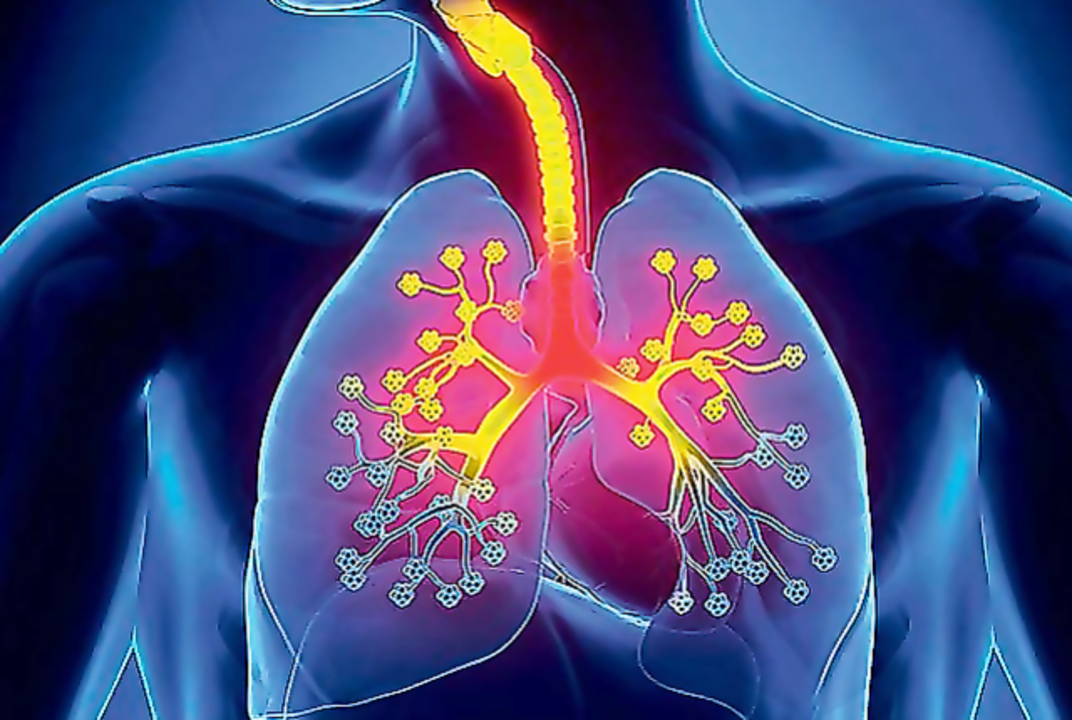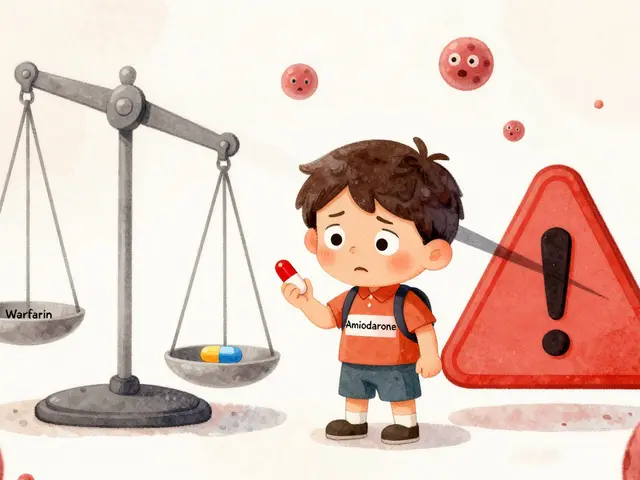Pulmonologist — When to See a Lung Specialist and What Happens Next
Shortness of breath, a cough that won't go away, or unexplained wheezing — those are the moments many people wait too long before seeing a pulmonologist. A pulmonologist is the doctor who focuses on lungs and breathing problems. They treat asthma, COPD, pneumonia, sleep apnea, pulmonary fibrosis, and complex infections. If your primary care doctor seems stuck or your symptoms keep returning, a pulmonologist can dig deeper.
Signs it's time to call a pulmonologist
If any of these sound like you, make an appointment: breathing gets worse with minimal activity, you need more rescue inhaler than usual, your cough lasts longer than 6–8 weeks, repeated chest infections, new loud wheeze, or oxygen levels below normal (sometimes noted at home with a pulse oximeter). If you have sudden severe breathlessness, chest pain, fainting, or blue lips/fingertips — go to the ER now.
Also consider a referral if sleep problems like loud snoring and daytime sleepiness are affecting you — many pulmonologists work with sleep labs and can arrange a sleep study.
What a pulmonologist will do and expect from you
First, expect a focused history: when symptoms started, triggers, medicines you use, and past tests. Bring a list of medications, inhaler labels, and any prior chest X-rays or CT scans. A quick peak flow or spirometry test often happens in the clinic to measure lung function. That test can show obstruction (asthma, COPD) or restriction (scarring or fibrosis).
Common tests they may order: spirometry with bronchodilator, chest X-ray or CT scan, blood tests (including arterial blood gas in serious cases), sputum culture for infection, bronchoscopy to look inside airways, and sleep studies for suspected apnea. Sometimes they ask for a peak flow diary to track changes over days or weeks.
Treatments depend on diagnosis. For asthma and COPD, expect inhalers (short-acting relievers and longer-acting controllers), possible oral steroids for flares, and advice on inhaler technique. For infections, targeted antibiotics may be used. Advanced options include oxygen therapy, pulmonary rehab (exercise and education), biologic drugs for severe asthma, or bronchoscopy-based procedures for certain problems.
Practical tips for your visit: write down when symptoms worsen, note triggers (cold air, pets, smoke, exercise), and list all medicines and doses. Ask about side effects, how to use inhalers properly, and what counts as an emergency. If you travel or work in dusty environments, mention that — it matters.
Want more specifics on medicines or buying options? We have guides on common respiratory meds like Quibron-T and articles about sinus and lung infections that explain when antibiotics help. Use those to prepare questions before your appointment.
Finding the right pulmonologist: get a referral from your primary doctor, check experience with your condition, and read patient reviews. If travel is hard, ask about telehealth options — many initial consults and follow-ups work well by video.
Seeing a pulmonologist can change the course of a breathing problem. If your lungs feel off, trust that prompt evaluation usually leads to clearer answers and better control of symptoms.




